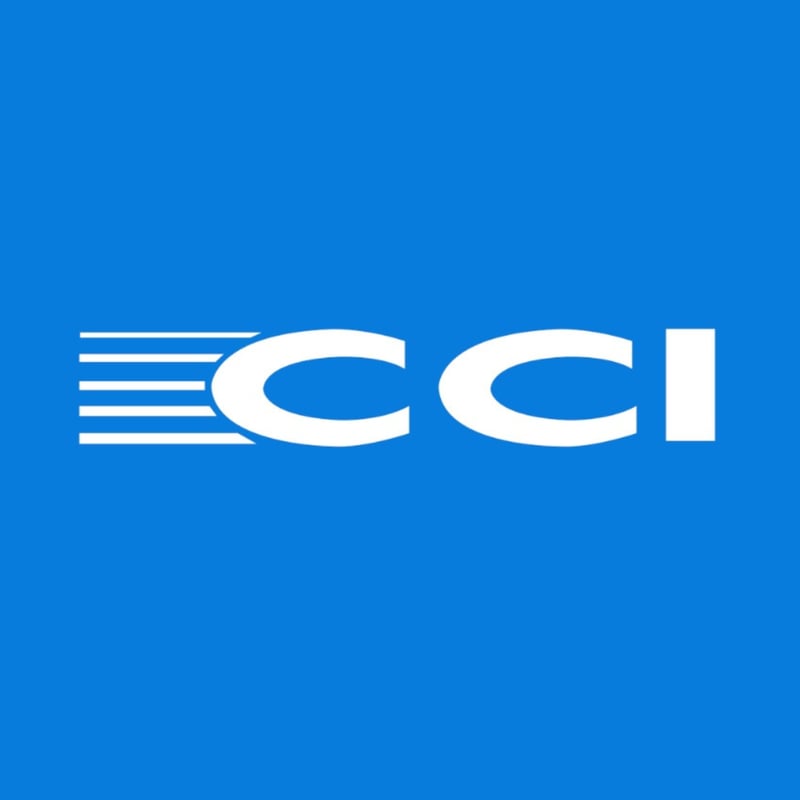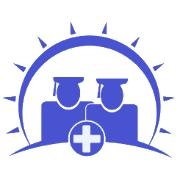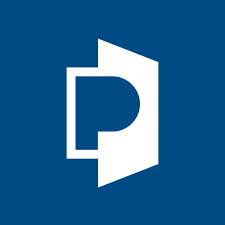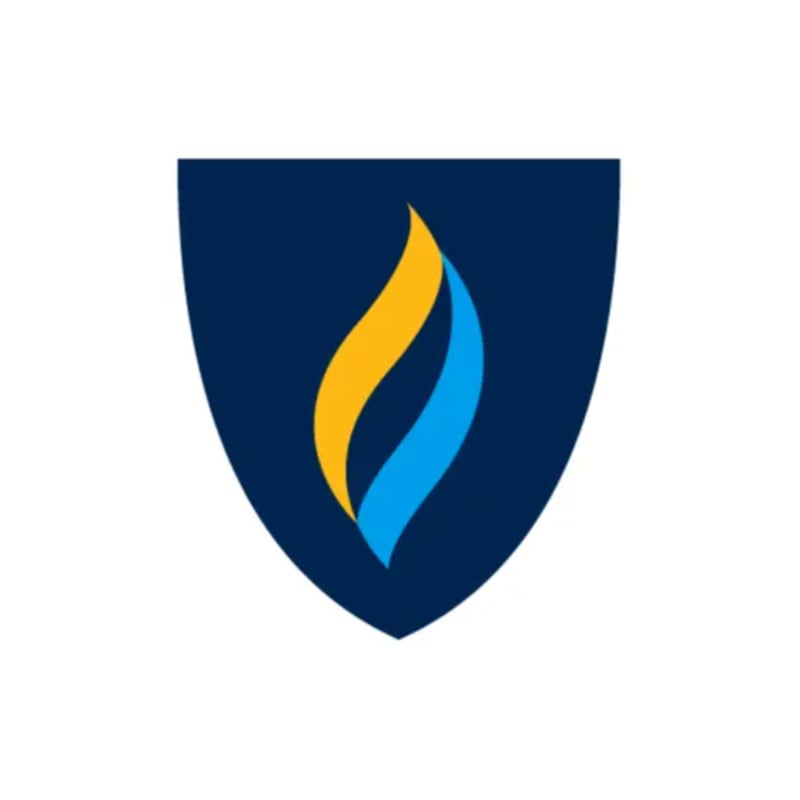How to Become a Medical Biller and Coder in Ohio

In 2022 alone, the U.S. healthcare system processed over 5 billion health insurance claims, creating a constant need for trained coders and billers to manage patient data and billing (AHIMA, 2023). This guide walks you through how to become a medical biller and coder in Ohio—covering training, certification, costs, and job opportunities.
Key Points:
- A medical biller and coder is a healthcare professional who translates patient diagnoses and procedures into standardized codes used for billing and insurance reimbursement.
- To become a medical biller and coder in Ohio, complete a post-secondary certificate or associate degree program and earn certification like the CPC or CBCS.
- Most medical billing and coding programs in Ohio take 5 months to 2 years to complete, depending on the credential you pursue.
- Training programs typically cost $1,500 to $5,000, with some schools offering financial aid or payment plans.
- The average salary for medical billers and coders in Ohio is $51,190 per year or $24.61 per hour (BLS, 2023).
- Demand for medical billers and coders is growing, with 8% job growth expected nationwide through 2032 (BLS).
4. Earn Certification
While Ohio doesn’t require a license, national certifications like the Certified Professional Coder (CPC) from AAPC or Certified Billing and Coding Specialist (CBCS) from NHA are essential for most jobs.
5. Start Applying for Jobs
Prepare a professional resume and start applying for roles in hospitals, clinics, insurance companies, and remote positions across Ohio.
Career Paths and Opportunities after Becoming a Medical Biller and Coder
After earning certification, you can explore advanced positions or specialized roles in healthcare administration.
- Medical Coding Specialist: Focus on coding accuracy and compliance.
- Medical Billing Specialist: Process claims and manage reimbursement.
- Medical Records Auditor: Audit coding practices and ensure regulatory compliance.
- Coding Supervisor/Manager: Lead a team of billers and coders.
- Health Information Technician: Manage electronic health records (EHRs).
- Consultant or Freelancer: Offer independent services to healthcare providers.
Frequently Asked Questions
How much does a medical biller and coder make in Ohio?
The mean annual salary for a medical biller and coder in Ohio is approximately $51,190, $24.61 per hour according to data from the U.S. Bureau of Labor Statistics, 2023.
Which state pays the most for medical coders?
The District of Columbia offers the highest average salary for medical coders at $70,900 per year, according to the BLS (2023).
What is the lowest salary for a medical coder?
The lowest 10% of medical coders earn approximately $35,080 per year, often entry-level positions without certification (BLS, 2023).
Final Thoughts
Becoming a certified Medical Biller and Coder is an excellent career choice for individuals interested in the healthcare industry and administrative work. You can secure a job as a Medical Biller and Coder by following the steps to obtain your certification, networking with professionals, and gaining practical experience. Once you have entered the field, there are various career paths and opportunities for advancement available to you. Whether you specialize in medical coding billing or pursue a managerial role, continuous education, and professional development are key to achieving long-term success. Embark on this rewarding career path and positively impact the healthcare industry as a Medical Biller and Coder!
Are you thinking about a job change or wanting to learn more about different career paths? Feel free to check out these additional articles:

Athena is Co-founder and CEO of Dreambound.






